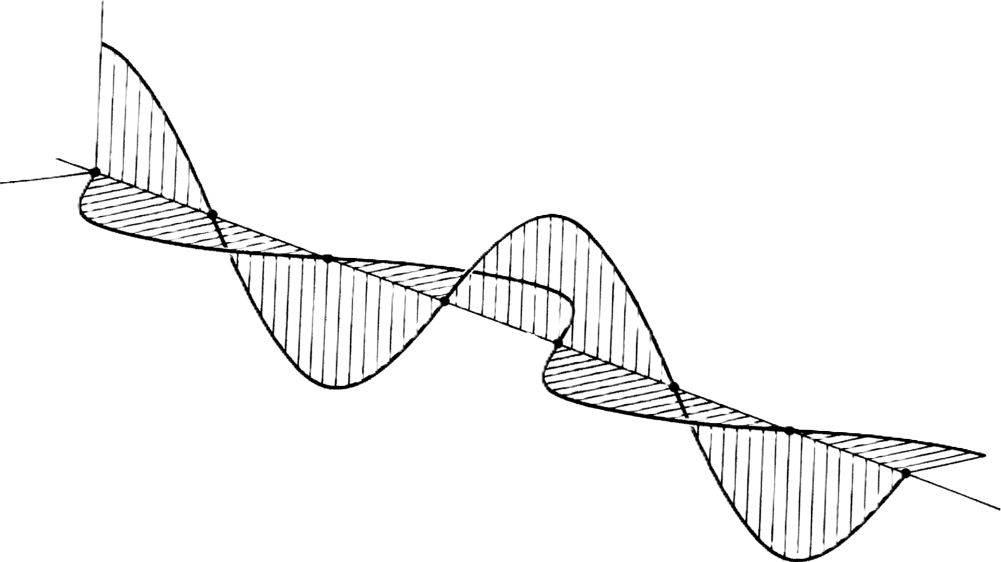Three Fourier series: sines, cosines, and exponentials \( e^{ikx} \)

\(
\because S(x) = \sum_{n=1}^{\infty} b_n \sin(n x), \quad F(x) = \sum_{n=-\infty}^{\infty} c_n e^{i n x}
\)
\(
\because \int_0^\pi \sin(n x) \sin(m x) dx = 0, \quad \text{for } n \neq m
\)
\(
\therefore \text{Sinusoids and exponentials form an orthogonal basis for representing wave-like solutions}
\)
\(
\because F(k) = \int_{-\infty}^{\infty} f(x) e^{-i k x} dx
\)
\(
\therefore f(x) = \int_{-\infty}^{\infty} F(k) e^{i k x} dk
\)
\(
\because u(x, t) = A(x) B(t) \quad \text{(separation of variables)}
\)
\(
\because A(x) \text{ and } B(t) \text{ satisfy wave equations}
\)
\(
\therefore A(x) = e^{i k x}, \quad B(t) = e^{-i \omega t}
\)
\(
\because \text{Fourier transform solutions are plane waves in space and time}
\)
\(
\therefore u(x, t) = \hat{u}(y) e^{i (k x - \omega t)}
\)
1Gilbert Strang. 2014. Computational Science and Engineering.
https://math.mit.edu/~gs/cse/websections/cse41.pdf